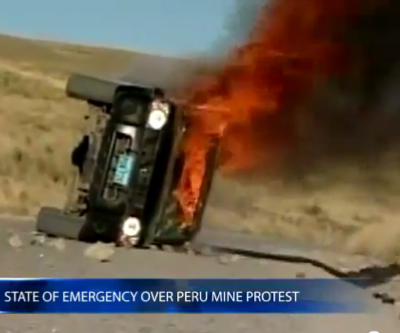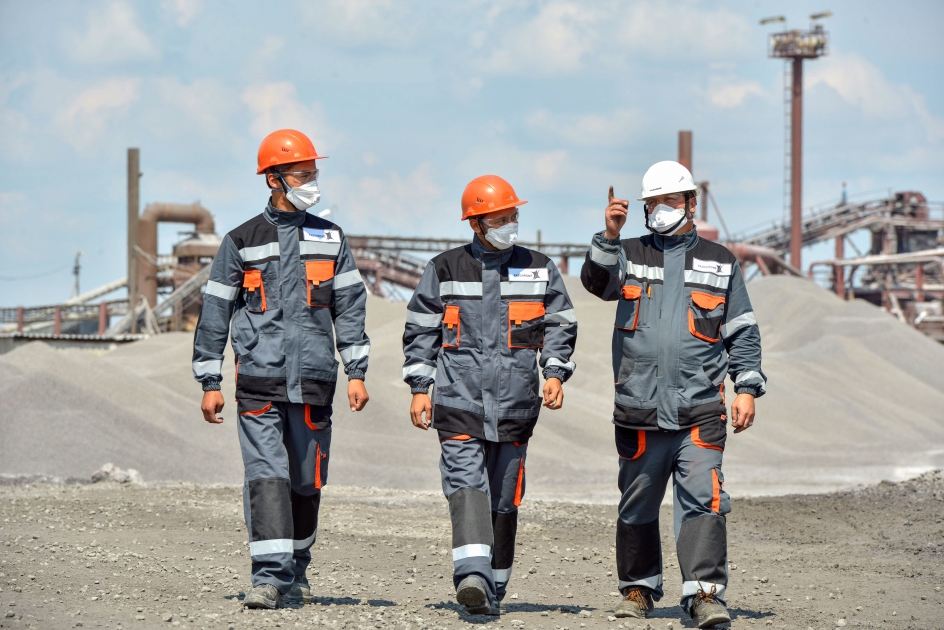State of emergency in Peru after two anti-Xstrata protestors died in clashes with police

Peru’s government declared a 30-day state of emergency on Monday night after two people were killed and dozens of police officers injured in violent anti-mining protests against Swiss based-Xstrata near Cuzco, in south eastern Peru.
The protesters, reports local paper El Comercio, accuse the Tintaya copper mine, owned by world’s fourth-largest copper producer Xstrata, of polluting local water supplies and killing farm animals.
Peru’s president of the cabinet, Oscar Valdés, said in an official statement the government was urgently seeking to restore dialogue.
“These protesters are very radical and opposed to dialogue and so to ensure safety we are declaring a state of emergency,” he said.
Until negotiations are restored, Peru’s army and security forces will have special powers to quell protests and clear roadblocks that have cut off the mine.
The Guardian reports an environmental study commissioned by the local Roman Catholic Church and done last August and September apparently found elevated levels of arsenic, copper, mercury and other heavy metals in soil and water samples.
Xstrata, through its operations director for Peru, Luis Rivera, denies it is polluting, adding the company remains committed to a $1.5 billion expansion of the Tintaya mine.
Interviewed by Peru21, Rivera defended Xstrata’s environmental record and suggested radical elements were behind the protests.
This is the second time the Peruvian government has issued a state of emergency in the last six month. The last time was in December, in an effort to quell protests against Newmont Mining’s Conga gold project that caused the company to halt its operations.
Other Canadian miners with operations in Peru include Barrick Gold Corp., Pan American Silver Corp., Hudbay Minerals Inc., First Quantum Minerals Ltd., Rio Alto Mining Ltd. and Candente Copper Corp.
Peru is the world’s second biggest producer of copper and silver and a major producer of gold, zinc, lead and other minerals. The country’s extractive sector, which accounts for some 60% of the economy, is expected to bring Peru $50 billion in future investment over the next decade.
(Image: Anti-mining protestors in Cuzco, by IBTimesUK)
More News
{{ commodity.name }}
{{ post.title }}
{{ post.date }}




Comments